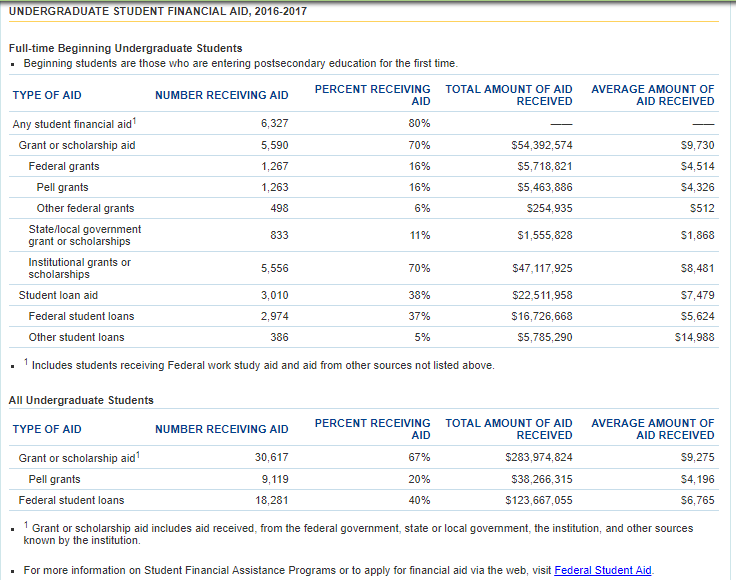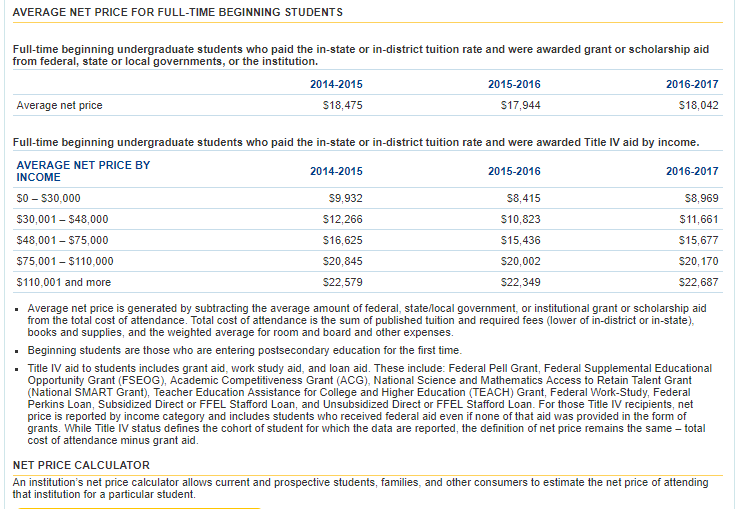Your senior is looking ahead. The last few months of high school. Major decisions to make. A huge to-do list. Then…it’s off to college. How will your student adapt? How will you adapt? Here’s a letter to your student (save it for later) and prepare yourself for their first day of college and the longest goodbye.

This is it!
You have made the college applications, you have been to those (not for the faint of heart) college visits, you have been accepted for a place, and then, finally, your alarm clock wakes you from your slumber. The day has finally arrived.
The day you leave home and embark on your college education.
Oh, the joys, the excitement, the nerves, the cold dread of fear…
It’s time for some survival tips to help you get through your first day.
Tip #1: Operate an open day policy
If you have a roommate, then you will automatically have one candidate for your social circle (let’s hope you like them). But if you are in a room of your own, don’t shut the door when you arrive. Well, don’t shut it for long anyway, as your day will be a lot easier if you manage to say “hello” to somebody. An open door is an opening for other residents to come and introduce themselves to you, so while you might want to curl up in bed if you’re stricken with nerves, know that operating an open door policy on your first day will help you make contact with similar others.
Tip #2: Make your room your own
Homesickness is common for first-day students, and while you may be tempted to ring your parents every five minutes for comfort, you can also make any negative feelings disappear by decorating your room with your some homely touches. Photos of friends and family, posters from your old bedroom, and any knick-knack you might possess are all useful ways to transform your dorm room from something strange and unfamiliar to something comforting and reassuring.
Tip #3: Get out and meet people
Don’t stay in your room alone for long. Hopefully, you may have met people through the open door policy we advocated, but if not, you need to be proactive. Wander down the corridor and knock on other people’s doors. Introduce yourself, and let them know your room number. And go out into the wider campus and find out where people are hanging out. It takes courage to go up to groups of people, but try and do so, or if you see other people wandering about alone, go and say “hello.” They are probably in the same boat as you are, trying to make sense of their first day in a new place.
Tip #4: Explore the campus
You are going to get lost – a lot – in your first few days at college. Don’t worry, this is normal, and if you are late for a few classes here and there, then you have an excuse. Still, you can make life easier for yourself by exploring your surroundings. Especially as you won’t have much to do on your first day, this is the perfect opportunity to spend time getting to know where things are. From the cafeteria to the library, make a mental note of how to get to places, or make notes on your phone. You might also meet people this way too, so remember to be polite and introduce yourself as you’re on your walk around the campus.
Finally
Don’t despair if you don’t meet anybody you like. Don’t worry if your first day threatens to overwhelm you. It will get easier, so try to stay calm and carry on, even when your nerves threaten to get the better of you. There is plenty more advice online on how to survive college life, including this excellent blog from Stephen Troese Jr, so gather as much info as you can to help you on your college journey.











 Driving is an extremely valuable life skill. There are so many perks that come hand in hand with it. Being able to get behind the wheel of your own car means that you no longer rely on public transport options and gain the freedom of travelling at any time of the day or night. You will also no longer be tied to public transport routes and stops, as you can go wherever you want, as long as there’s a road that can take you there. Driving also opens up a whole host of job opportunities, as increasing numbers of employers
Driving is an extremely valuable life skill. There are so many perks that come hand in hand with it. Being able to get behind the wheel of your own car means that you no longer rely on public transport options and gain the freedom of travelling at any time of the day or night. You will also no longer be tied to public transport routes and stops, as you can go wherever you want, as long as there’s a road that can take you there. Driving also opens up a whole host of job opportunities, as increasing numbers of employers  It’s fall for high school juniors and that means it’s time to jump right in and start those college visits. (Sophomores should start making these as well–there is much to be gained from
It’s fall for high school juniors and that means it’s time to jump right in and start those college visits. (Sophomores should start making these as well–there is much to be gained from